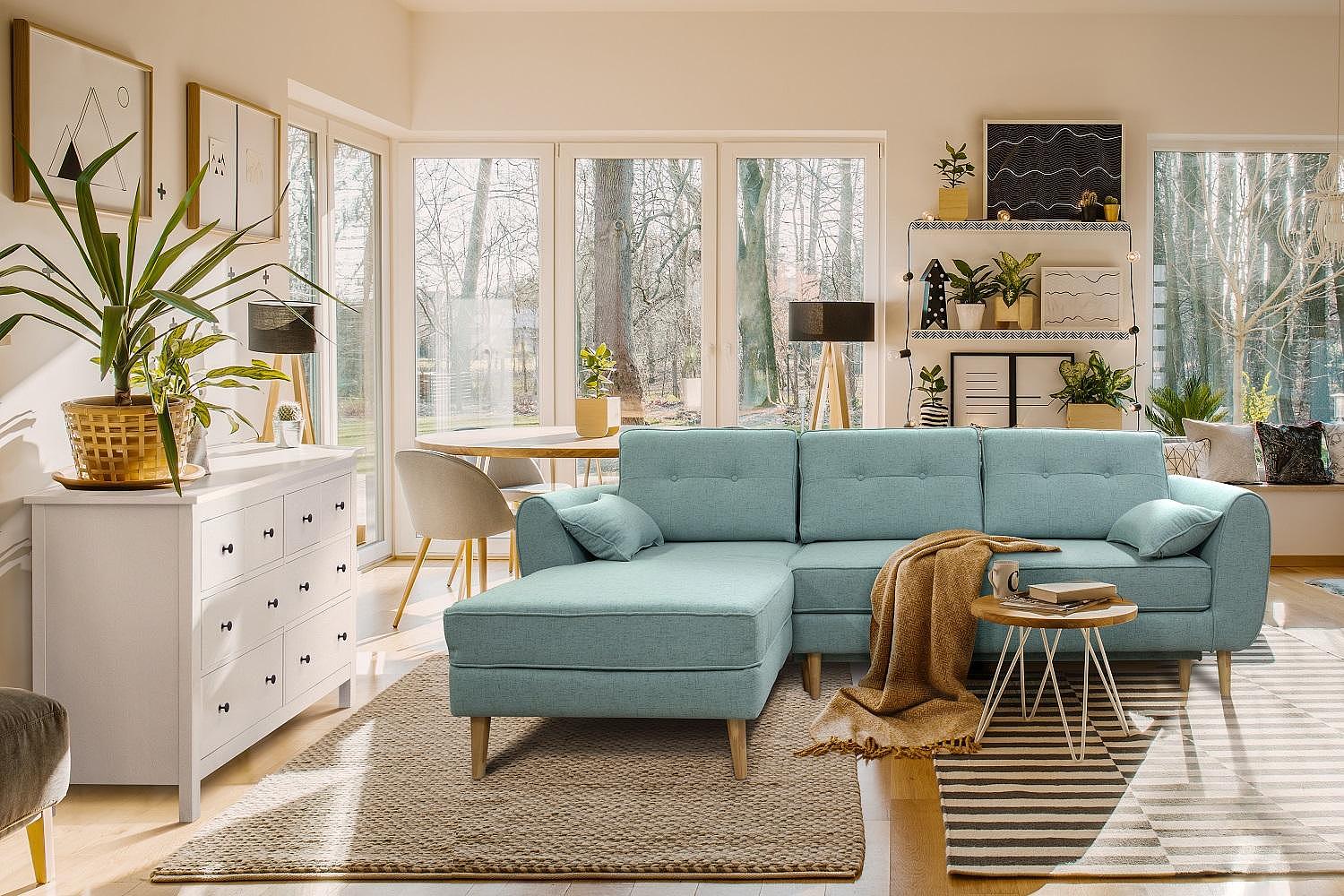Furnishing a space goes beyond merely filling it with furniture; it’s about creating an atmosphere that reflects your personality and meets your needs. The right furnishings can transform a house into a home, enhance functionality, and set the mood for everyday life. In this article, we’ll explore key aspects of furnishing your home, including style choices, material selection, and the importance of layout.
1. Understanding Your Style
Before you start selecting pieces for your home, it’s essential to determine your personal style. Are you drawn to modern minimalism, rustic charm, or perhaps eclectic bohemian vibes? Understanding your style will guide your choices and help create a cohesive look throughout your space.
Tip: Create a mood board using images from magazines or online platforms like Pinterest to visualize your ideal space.
2. Choosing the Right Furniture
Once you have a clear sense of your style, it’s time to choose furniture that complements it. Here are some popular styles to consider:
- Modern: Characterized by clean lines, minimal ornamentation, and neutral colors.
- Traditional: Features classic designs, rich woods, and ornate detailing.
- Industrial: Incorporates raw materials like metal and wood for a rustic, urban feel.
- Scandinavian: Focuses on simplicity, functionality, and a natural color palette.
When selecting furniture, think about the function of each piece. For example, if you entertain often, a large dining table or comfortable seating is essential. In contrast, if you work from home, a functional desk and ergonomic chair are crucial.
3. Material Matters
The materials you choose for your furnishings play a significant role in the overall look and durability of your pieces. Here are some popular materials and their characteristics:
- Wood: Timeless and versatile, wood can suit any style. Consider the type of wood, as each has a unique grain and finish.
- Metal: Often used in industrial or modern designs, metal furniture is durable and can add an edgy feel to your space.
- Fabric: Sofas and chairs upholstered in fabric come in countless patterns and textures. Consider your lifestyle when choosing fabric—if you have pets or children, durable and easy-to-clean fabrics are wise choices.
- Glass: Adds a touch of elegance and can make a space feel larger and more open.
4. The Importance of Layout
A well-thought-out layout is essential for maximizing the functionality of your space. Here are some tips for arranging your furnishings:
- Flow: Ensure there’s a natural flow between areas. Avoid blocking pathways and allow for easy movement.
- Focal Points: Create a focal point in each room, such as a fireplace or a piece of art. Arrange furniture around this point to draw attention to it.
- Scale and Proportion: Choose furniture that fits the scale of your room. Oversized furniture in a small space can feel cramped, while small pieces can get lost in a large room.
5. Adding Personal Touches
Once you have the basics in place, it’s time to add personal touches that reflect your personality. Incorporate art, decorative pillows, area rugs, and plants to add warmth and character to your space. Mixing textures and colors can create visual interest and make your home feel inviting.
Conclusion
Furnishing a home is an art that requires careful consideration and creativity. By understanding your style, choosing the right furniture and materials, and thoughtfully arranging your space, you can create a beautiful and functional environment that reflects who you are. Remember, the best homes are those that tell a story, so take your time and enjoy the process of transforming your house into a home. Whether you opt for modern elegance or rustic charm, let your personality shine through every piece you select.
